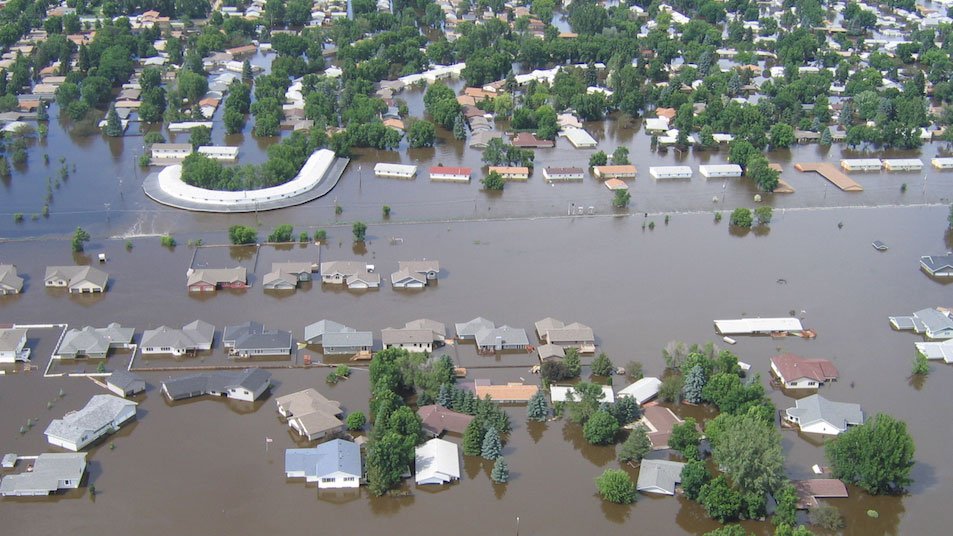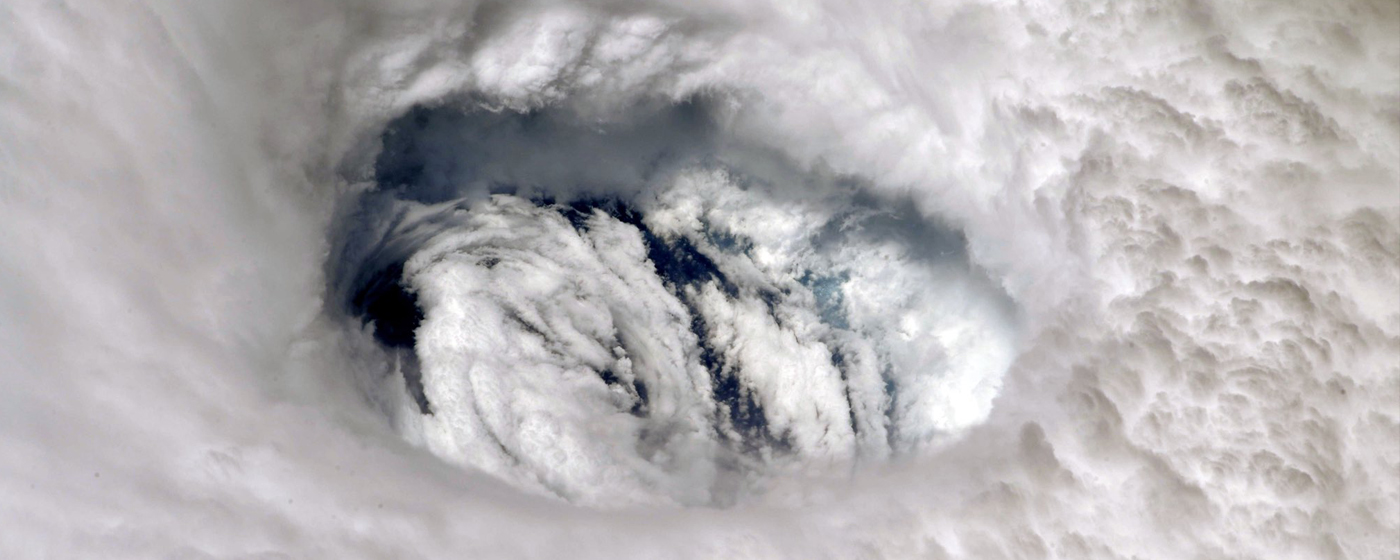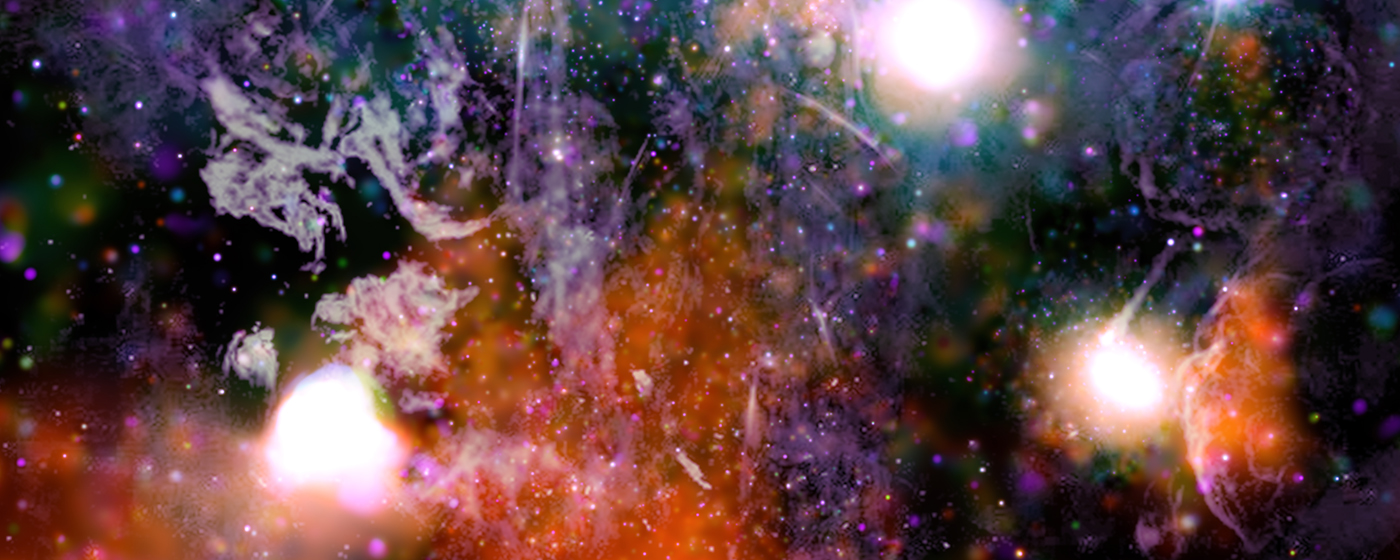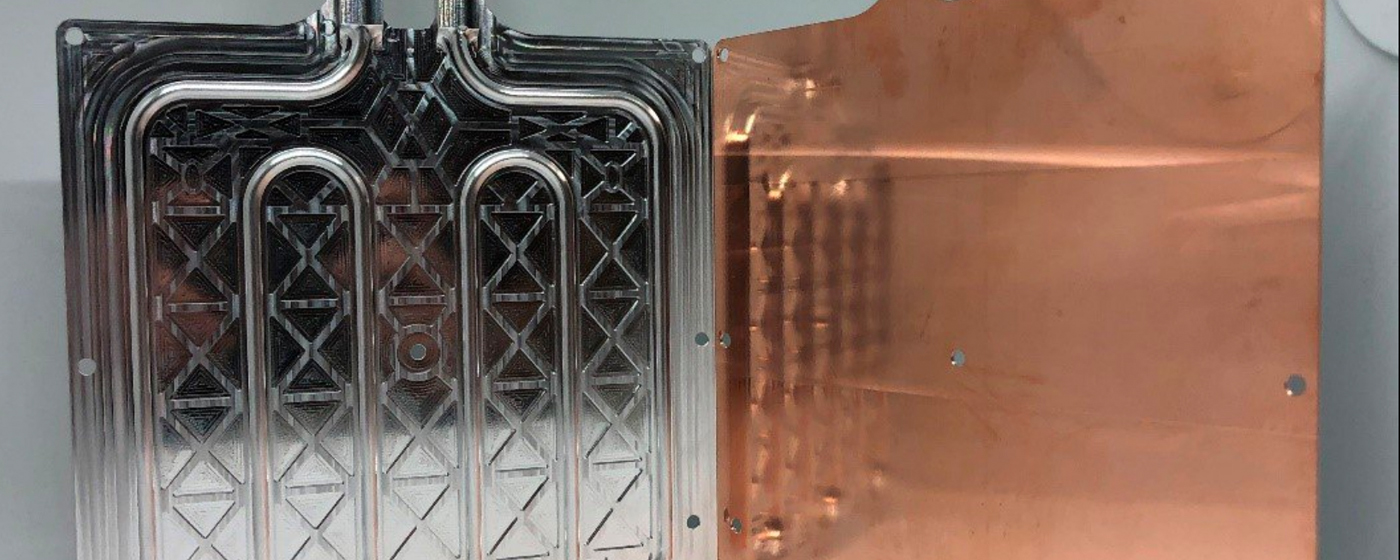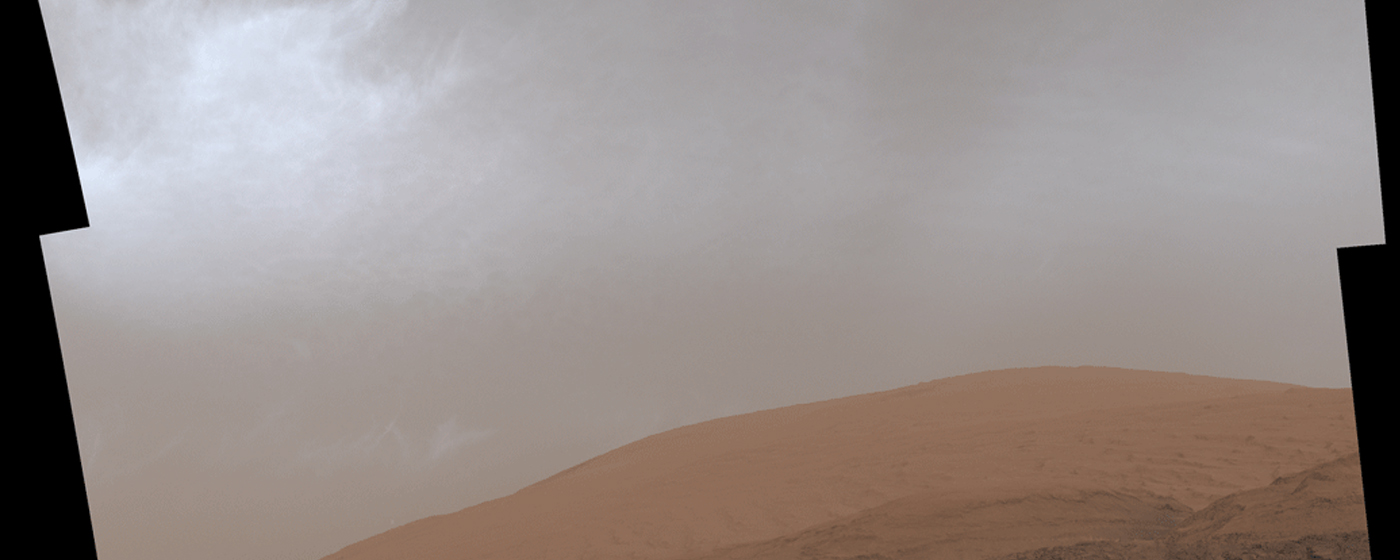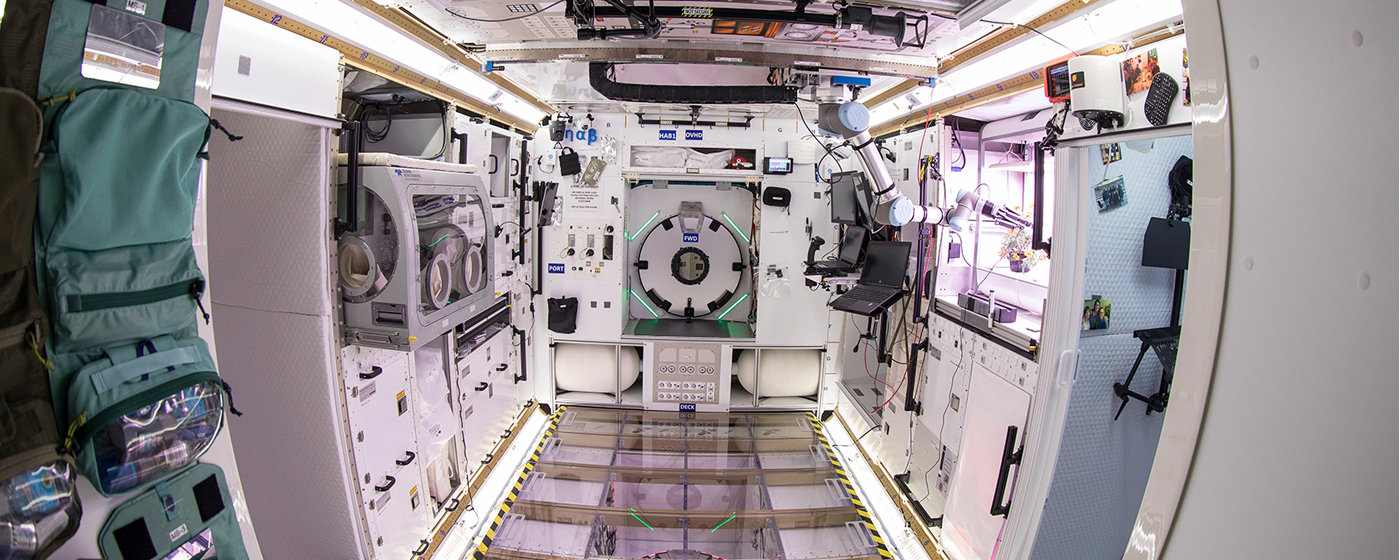NASA Scientists Use Lightning to Help Predict Hurricane Intensity
Instead of chasing storms, NASA researchers are using new weather prediction methods to see storms ahead of time. A team with NASA’s Short‐term Prediction Research and Transition Center at the agency’s Marshall Space Flight Center in Huntsville, Alabama, is studying lightning to develop new ways to help forecast the intensity of incoming hurricanes.
Magnetized Threads Weave Spectacular Galactic Tapestry
Threads of superheated gas and magnetic fields are weaving a tapestry of energy at the center of the Milky Way galaxy. A new image of this new cosmic masterpiece was made using a giant mosaic of data from NASA’s Chandra X-ray Observatory and the MeerKAT radio telescope in South Africa. The new panorama expands Chandra’s high-energy view farther above and below the plane of the galaxy – the disk where most of the galaxy’s stars reside.
Ultrasonic Welding Makes Parts for NASA Missions, Commercial Industry
NASA’s Marshall Space Flight Center played a role in exploration of the use of advanced metallic materials and ultrasonic additive manufacturing for in-space manufacturing. Learn how these innovations are being transferred to the private sector to support a variety of industries on Earth.
NASA’s Curiosity Rover Captures Shining Clouds on Mars
Cloudy days are rare in the thin, dry atmosphere of Mars. Clouds are typically found at the planet’s equator in the coldest time of year, when Mars is farthest from the Sun in its oval-shaped orbit. But one full Martian year ago – two Earth years – scientists noticed clouds forming over NASA’s Curiosity rover earlier than expected.
Measuring Moon Dust to Fight Air Pollution
With NASA’s return to the Moon and its orbit, the agency will need to manage lunar dust, which is dangerous for people and equipment. The first step is knowing how much is around at any given time. Efforts to do just that are already paying off on Earth, in the fight against air pollution.






